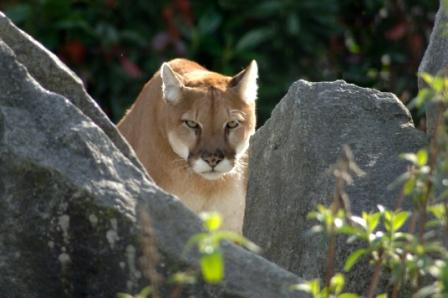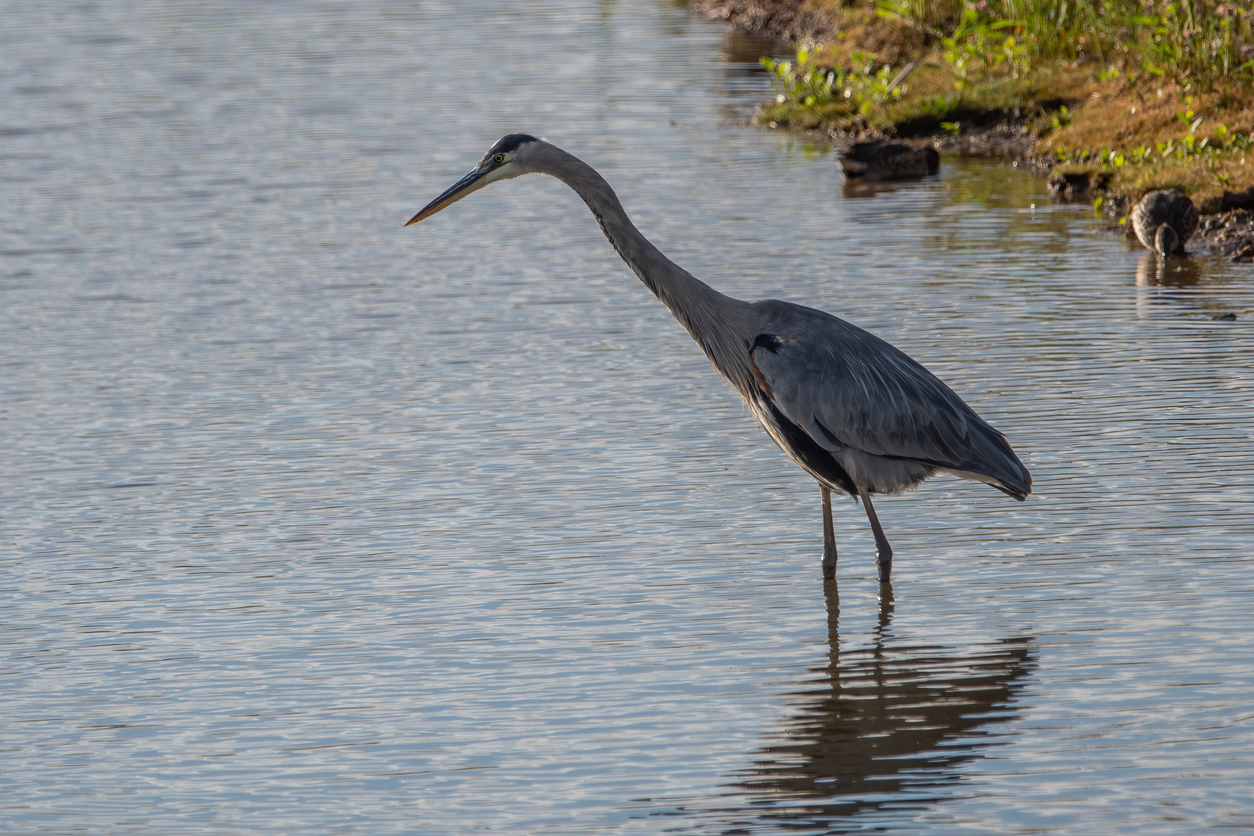Cougars, like all cats, focus intently on their prey.
Some people find it easy to intensely focus but, for a lot of us it requires some thought and planning to achieve this state. My basics to set the stage are time, place, and short breaks.
Time : A regular schedule will allow your body and brain to become accustomed to the routine and settle in more easily.
Everyone has their own time of the day or night when they are at peak focus. This is when you experience your sharpest thinking and creative energy. For me, it’s early morning before anything else clutters up my mind.
Place: This is the space where you keep your tools – pen and paper, computer, paintbrush, whatever. Going to your creative spot at regular times lets your creative side know it’s time to wake up.
Ideally, this is a quiet place where you’ll be undisturbed. If silence is impossible, ear plugs or noise-cancelling headphones can shut out or reduce sounds.
Distractions are the enemy of focus. It’s best to shut off or not respond to computer and cell phone notifications while working. Talking also disrupts the creative circuit, as it uses a different part of the brain.
Although some people think they’re great at multitasking, research shows that, on average, it takes approximately 25 minutes to regain focus after an interruption.
Breaks: Just like our bodies need a break from sitting or standing, the brain needs periodic time-outs to operate at maximum capacity. Ten to fifteen minutes of activities that require little thought, such as folding laundry, weeding, or stretching, give your brain a rest.
Going outside, being in nature, and walking are especially helpful. When I told chiropractor, Alicia Steele, that I frequently find solutions to writing problems while walking, she explained that the bilateral movement of arms and legs promotes activity in both sides of the brain.
Taking a break and doing something relatively mindless can enhance focus and creativity, but the key is to not think about the project you’re working on.
While researching The Cougar, Beautiful, Wild and Dangerous, I was amazed at the big cat’s intense concentration. When moving in on prey, they never shift their gaze away from it, even when circling around or changing position.
They’re totally focused. Just like the man I saw jumping from a standstill up six feet onto a concrete ledge. (See The power of focus – Part 1)
References:
“Want to be more creative? Let your Mind Wander,” Sian Beilock, Psychology Today.
“Keep the Focus on Your Long-term Vision,” Mayo Clinic.
How to Get Control of Your Time and Your Life by Alan Lakein.


